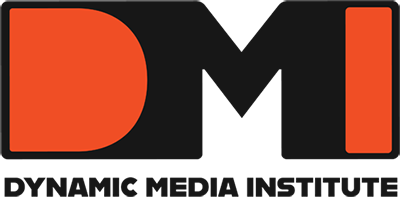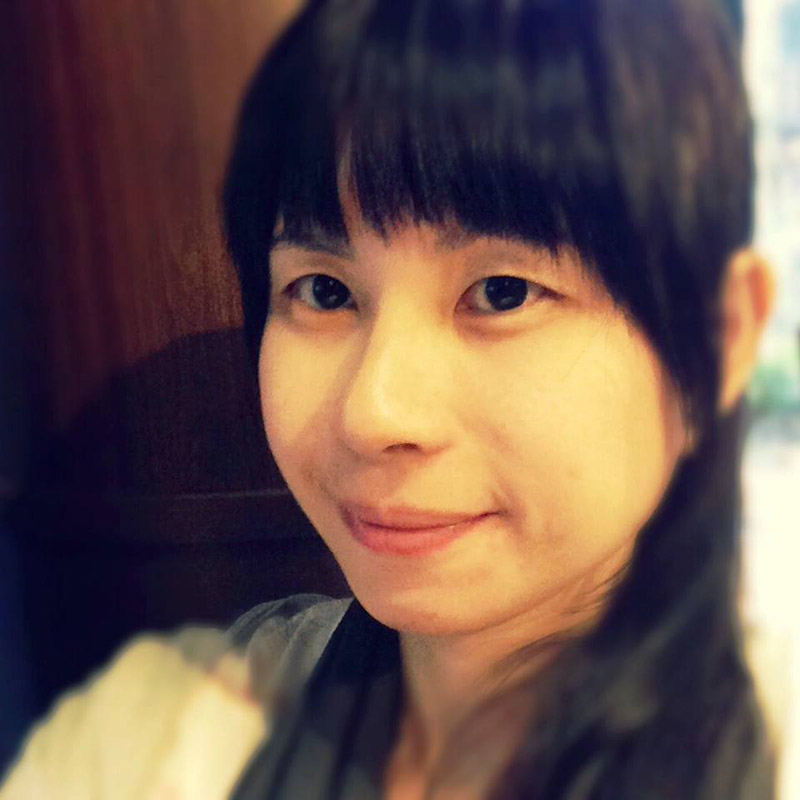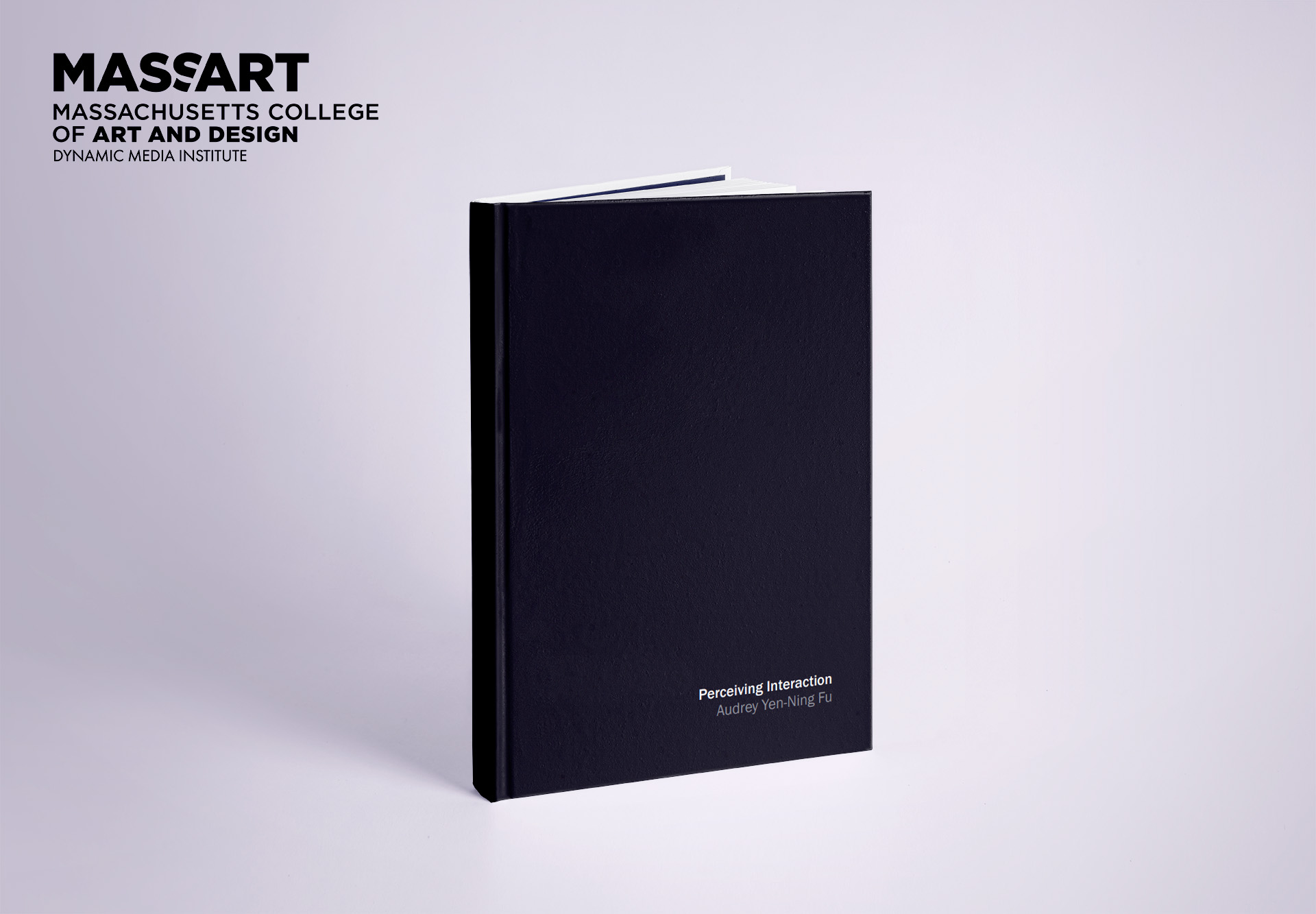Audrey Yen-Ning Fu, MFA ’11
thesis abstract
This thesis focuses on light as a tool to recreate the perception of space.
I created a series of experimental case studies to observe the interaction between light, physical filters and space. The experimentation was based on a three-layer projection system with light sources, physical filters and spatial surfaces including balloons, paper waves, and foam core triangular structure, among others. For each layer of the system, I used a manifold projection of image, motion and sound content, as well as various materials, textures and shapes, to test multiple variables and possibilities.
For my main thesis projects, human motion is the key variable of the experiment. Humans interact with projected light manipulating our illusory perception of space and creating a sort of performance.
Introduction to thesis
Motivation
• Mind Map
The word “space” was coming out naturally when I drew my mind map. Space is like the first stop of the tramway when I commenced sketching my own mind trip; the paths, which are connections and connections, in between what I take interest in and what I learned.
Architecture and exhibition design background are extremely significant? ?parts of my early creative enlightenment.
Five years undergraduate study in architecture brought me to another life adventure different from traditional force-feeding education I began with. Designing, prototyping, case studying and pulling all-nighter; I was exhausted, but I learned more than people could imagine. I also learned about space. Exhibition design work gave me practical trainings after my studies. For performing the product’s character, quality and the attainable idea of each event’s theme, space was always emphasized. I began to perceive and manipulate multitudes of space.
“Space” is naturally the beginning place for me to investigate in my thesis mind map.
• Art as Experience
Gradually, I understood how important “having fun” in design is.
“For to perceive, a beholder must create his own experience. And his creation must include relations comparable to those, which the original producer underwent. They are not the same in any literal sense. But with the perceiver, as with artist, there must be an ordering of the elements of the whole that is in form, although not in details, the same as the process of organization the creator of the work consciously experienced. Without an act of recreation the object is not perceived as a work of art.” John Dewey, Art as Experience.
“Design as Experience” was the most impressive course I participated in. I learned how to create with my personal experiences and how that made me think about the experience of the final user for my design work. Gunta Kaza, as the instruction, is a great thinker and supporter. I couldn’t describe how much this course guided me. I didn’t quite know how experiences could lead my approach; I wasn’t quite sure what the character of the spatial experiences could be for my thesis progress. But I know that the most beautiful thought is experience.
“I believe that design education, at the most fundamental level, views complexity as a problem to be overcome through reductivist artifacts, not as an inevitable and pervasive attribute of life in the post-industrial community. So if the future is about an ever-expanding web of connectedness, how are we preparing students for meaningful work in this complex world? I’d like to suggest that we’re not. Despite the obvious emotional impact of Glaser’s poster, he belongs to a generation in which the goal of design was to make things simple. Negroponte, on the other hand, is a technologist for whom the design goal is to render the complex manageable and to make complicated things meaningful.” Meredith Davis, Massaging Media Two Conference Keynote Presentation.
Over and above, the quotation that I knew from Joseph Quackenbush’s “Design Studio Two” class was a strong motivating impulse for me to think about how to create a meaningful and simple design work with experience.
I made my spatial experiences to be a motivation with my new media learning during DMI program.
• Dynamic Media Age
“All media work us over completely. They are so pervasive in their personal, political, economic, aesthetic, psychological, moral, ethical, and social consequences that they leave no part of us untouched, unaffected, unaltered. The medium is the massage. Any understanding of social and cultural change is impossible without a knowledge of the way media work as environments.” Marshall McLuhan, The Medium is the Massage.
Dynamic media is a new design medium for me.
When I was seven years old, the voice from the radio station’s DJ was the first sound I heard every morning. The radio was a tool for waking me up. When I was thirteen, my parents bought a 256-generation PC for home. My sisters and I tried hard to figure out what the computer is. At last, we start our game playing life with it. I sent my first e-mail when I was seventeen. E-mail was a tool that connected a boy and me without my mom finding out. As an architecture student in my undergraduate years, the most useful tool for me for building 3D models, calculating and drawing the floor plan was a computer application.
For now, new media technology is important tool for breaking the limitation of creativity. I can have a dream. I can have imagination and build it up. The communicated activities are changed and developed. The “tool” is a tool for this incoming world and for bringing the world into another dimension. New media is evolving, and we are learning from it.
For exploring and approaching my thesis intention, I adopted projection light as new media technology to experiment and experience the possibilities and effects between light and space.
Download “Perceiving Interaction: Between Light and Illusory Perception of Space” (PDF, 91 MB).


